The benefits of weight loss and doing it correctly
Benefits of Weight Loss and Proper Practices
People aiming for weight loss often adopt restrictive, strict diets in hopes of quick results. While dieting can lead to rapid weight loss, it is actually very harmful to health.
Stable physical exercise is crucial. For safe and effective weight loss, you need patience, a healthy and balanced diet, and a consistent exercise plan. To maintain long-term results, you should also consult doctors, nutritionists, or dietitians, who can advise on proper eating habits. Additionally, you need to consider appropriate calorie intake, which depends on your exercise plan and specific weight loss goals.
Stick to daily exercise
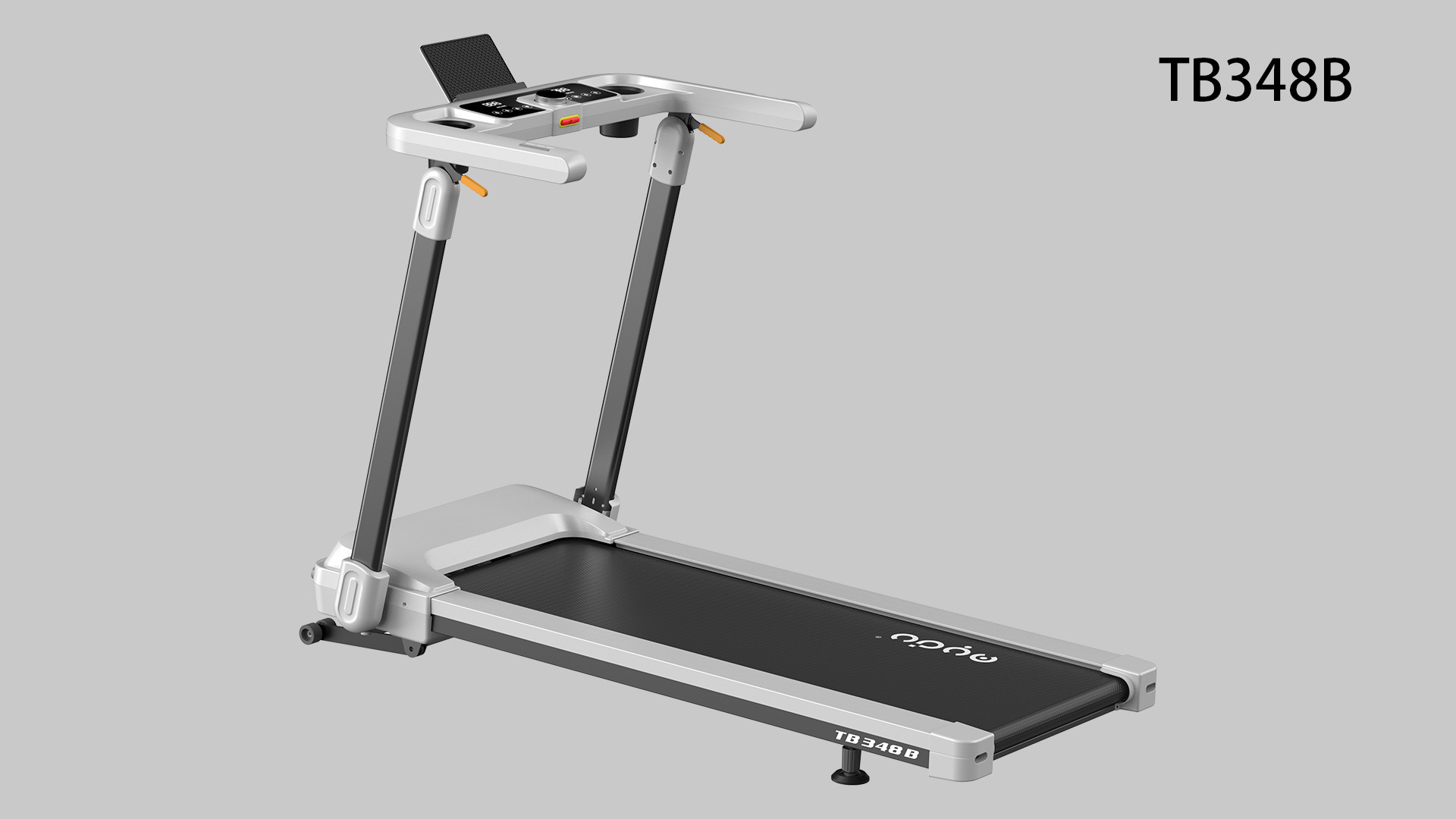
Free Assemble Treadmill
Free Assemble Treadmill
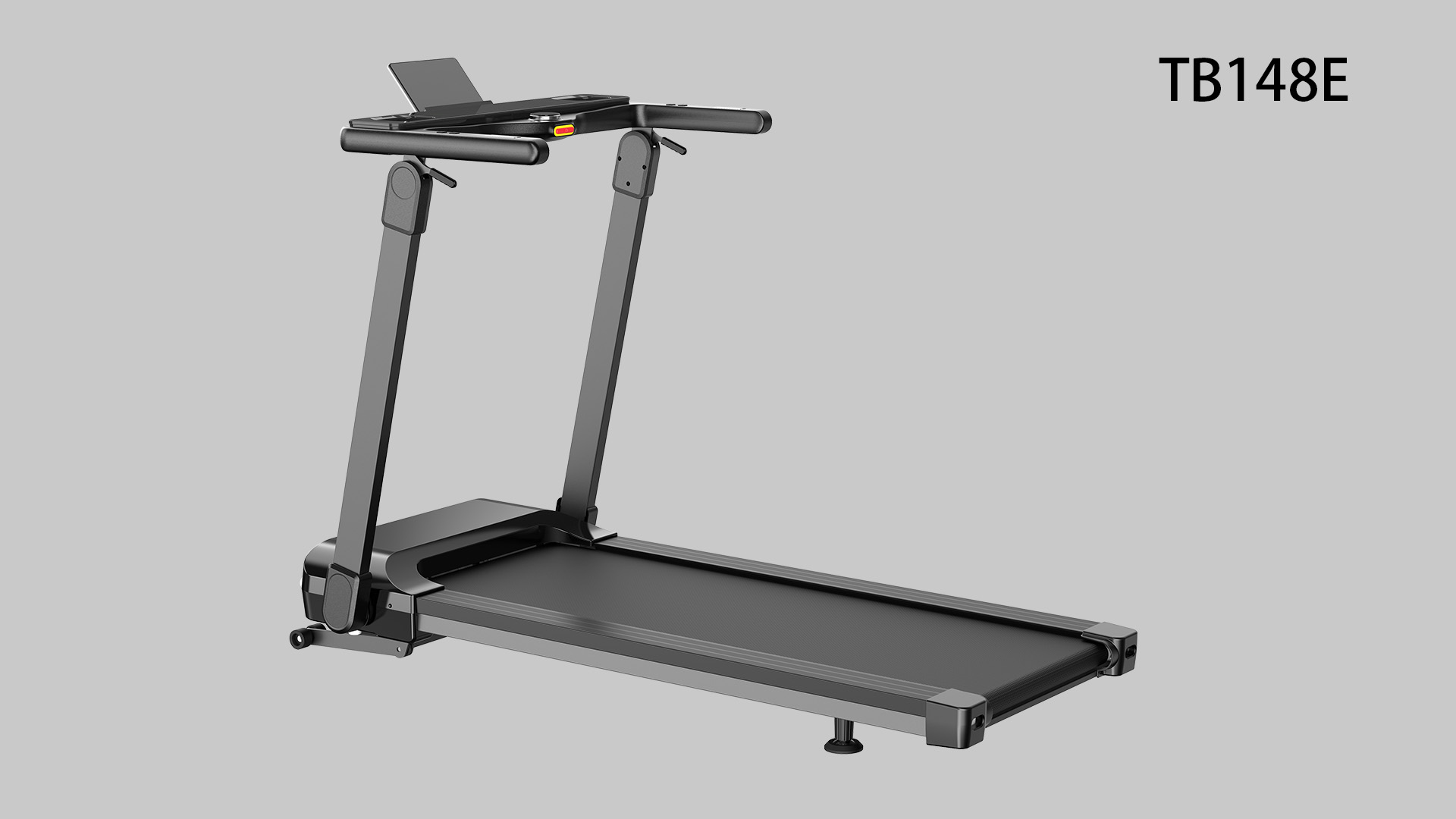
Free Assemble Treadmill
Free Assemble Treadmill
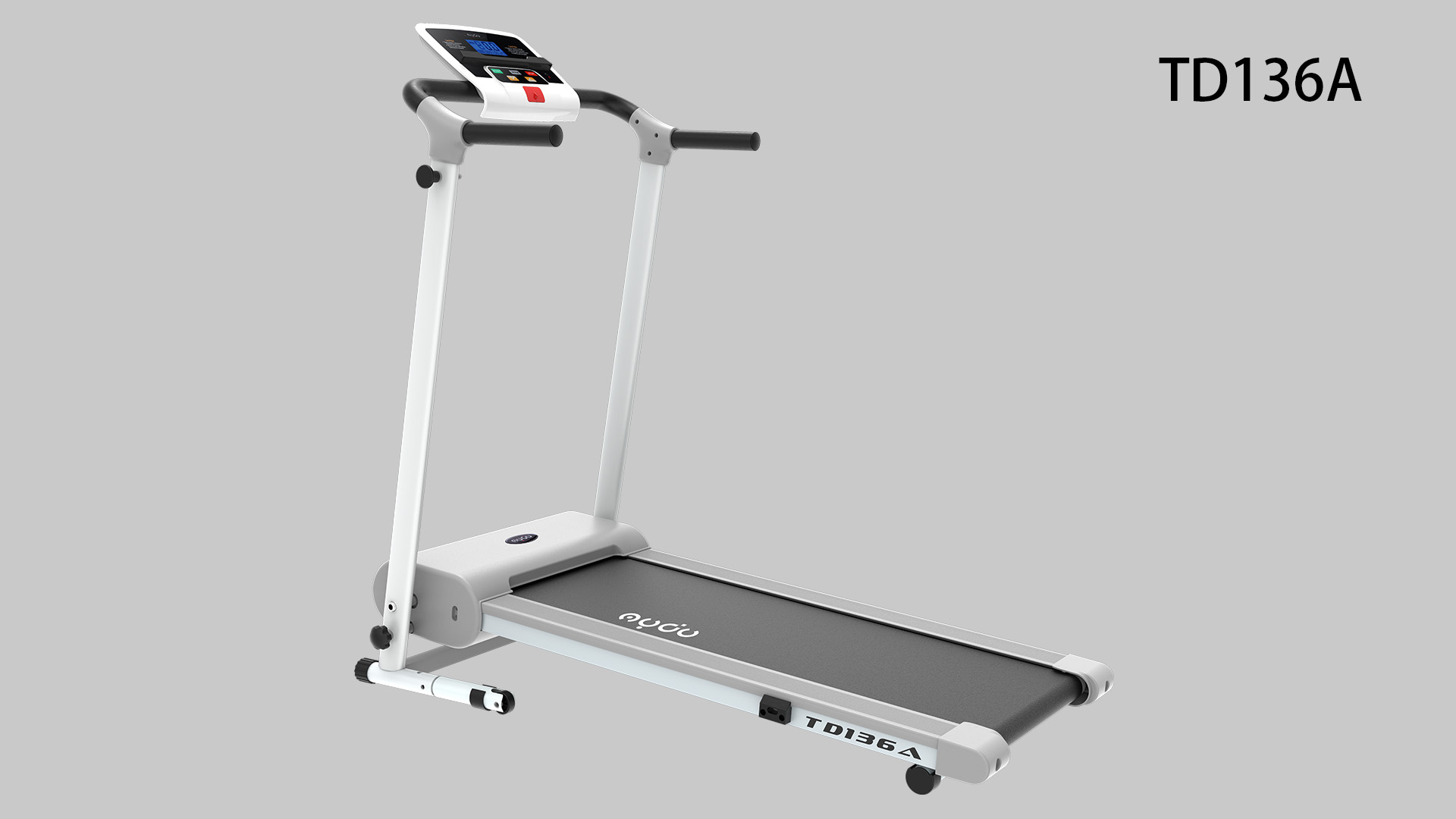
Free Assemble Treadmill
Free Assemble Treadmill
To reap the benefits of exercise, you must gradually increase intensity and frequency—this is key to the entire weight loss plan. Exercise should be done daily, or at least 5 times a week. Ideally, aim for 6-7 days a week, 40-50 minutes each day, rather than 3 days a week for 2 hours at a time. Even 30 minutes of daily exercise, split into 3 10-minute segments, is enough to boost your Basal Metabolic Rate (BMR).
What is Basal Metabolic Rate?
BMR affects the rate of calorie burning and whether you maintain, gain, or lose weight. It accounts for 60-75% of daily calorie burn.
When starting exercise, you burn roughly equal amounts of carbohydrates and fat, especially with low intensity and limited duration. After about an hour, energy supply relies on up to 80% fat and only 20% glucose and glycogen. As exercise intensity increases, usage of fatty acids and glucose rises. Thus, physical exercise and nutrition complement each other for effective weight loss.
Nutrition for Effective Weight Loss
The simplest approach might be eating less or eliminating certain foods, but this restricts essential nutrients. The goal is to burn more calories and reduce intake by limiting (not excluding) high-calorie and low-nutrient foods.
If you do long-term aerobic exercise, you need plenty of carbohydrates to avoid energy depletion from sugar deficiency. If you lean toward bodybuilding, you need ample protein.
Reducing protein intake leads to weight loss but at the cost of losing muscle and protein—vital for organs like the heart and kidneys. Low-carb, high-protein diets are also harmful, especially for bones, kidneys, and cholesterol. Diets over-reliant on certain foods harm both physical and mental health.
Energy for Physical Activity
Proper intake of nutrients (carbs, protein, fat, water, vitamins, minerals) varies by individual. Carbs should make up about 60% of intake, with 25% from fat and 15% from protein. Resting between eating and exercising improves performance.
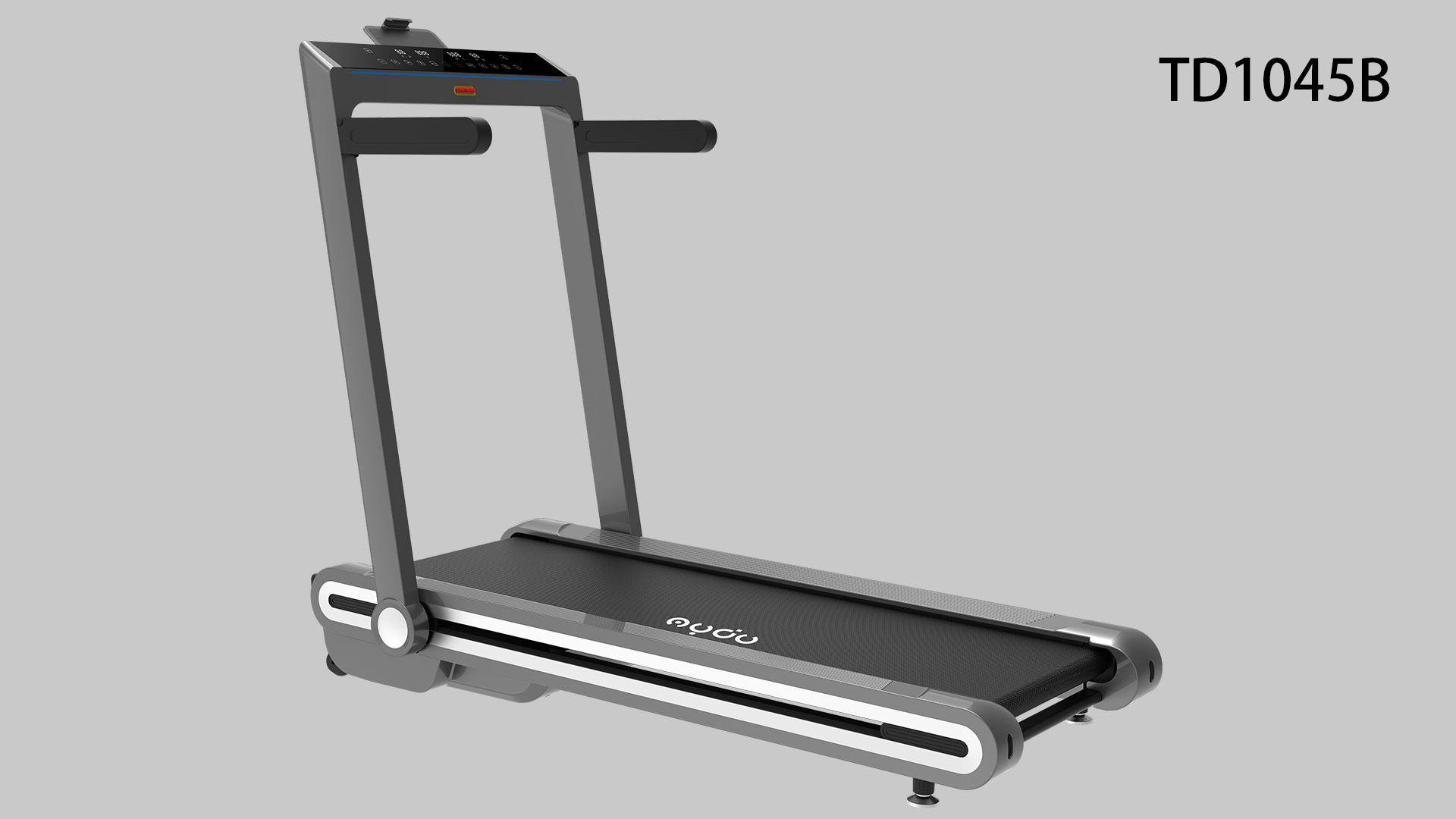
Free Assemble Treadmill
Free Assemble Treadmill

Free Assemble Treadmill
Free Assemble Treadmill
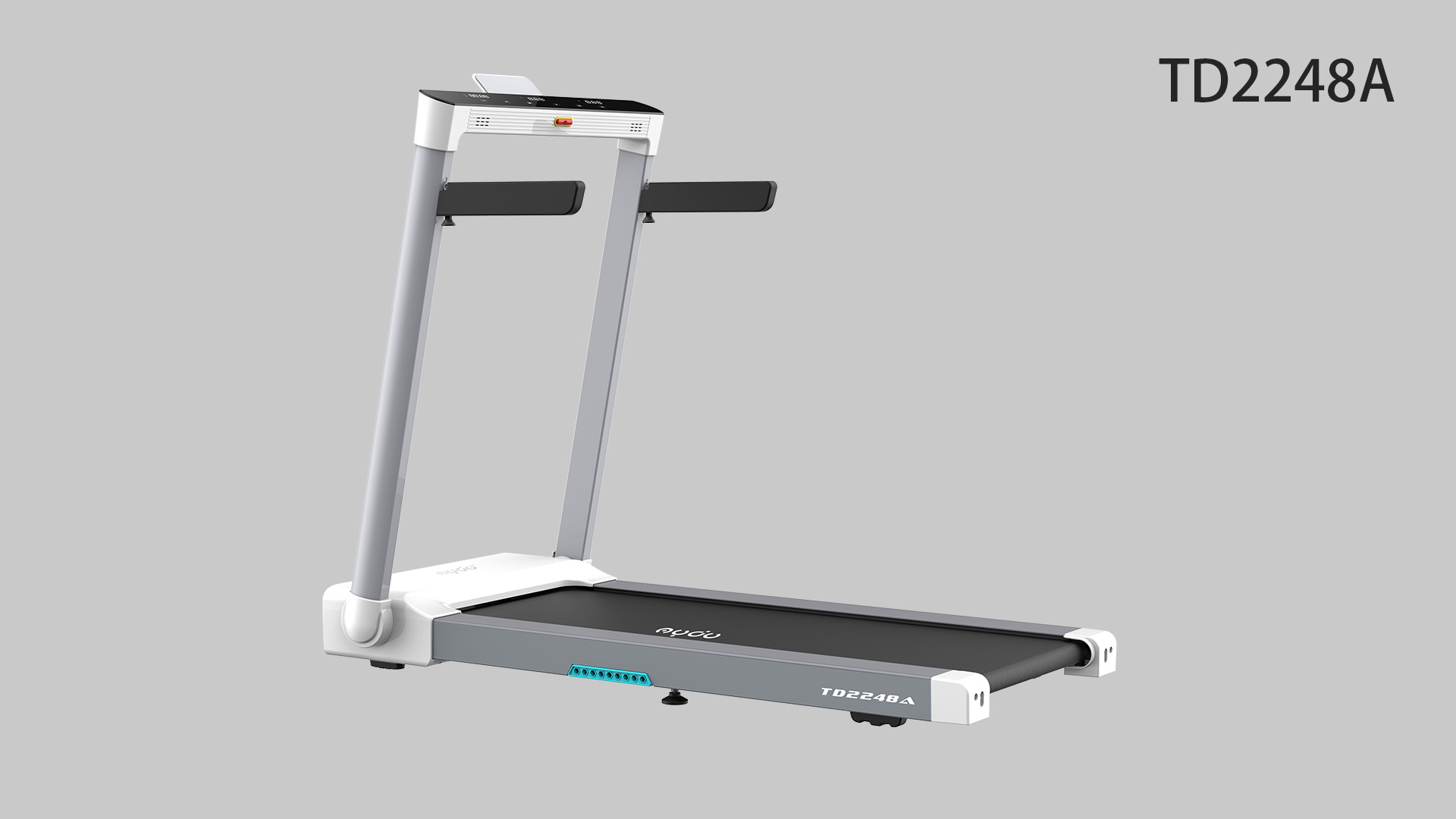
Free Assemble Treadmill
Eat carb-rich foods like yogurt, fruit, or grains 1-2 hours before exercise (they digest quickly); high-fat foods, which take over 4 hours to digest, are unsuitable. A consistent diet and exercise reduce body fat without losing muscle—key for sustained weight loss.
Notes:
- Be patient; avoid rushing weight loss.
- Eat a little of everything, but in moderation.
- 5 small meals a day: frequent, moderate eating maintains metabolism better than overeating. Snacks around 10 AM and 3 PM help reduce lunch/dinner intake.
- Drink at least 2 liters of water daily to stay hydrated.
- Exercise regularly, even just 30 minutes a day.
- Don’t forget to relax and rest.
- No excuses for inactivity—maintaining a healthy weight is vital, as is proper weight loss.

Free Assemble Treadmill
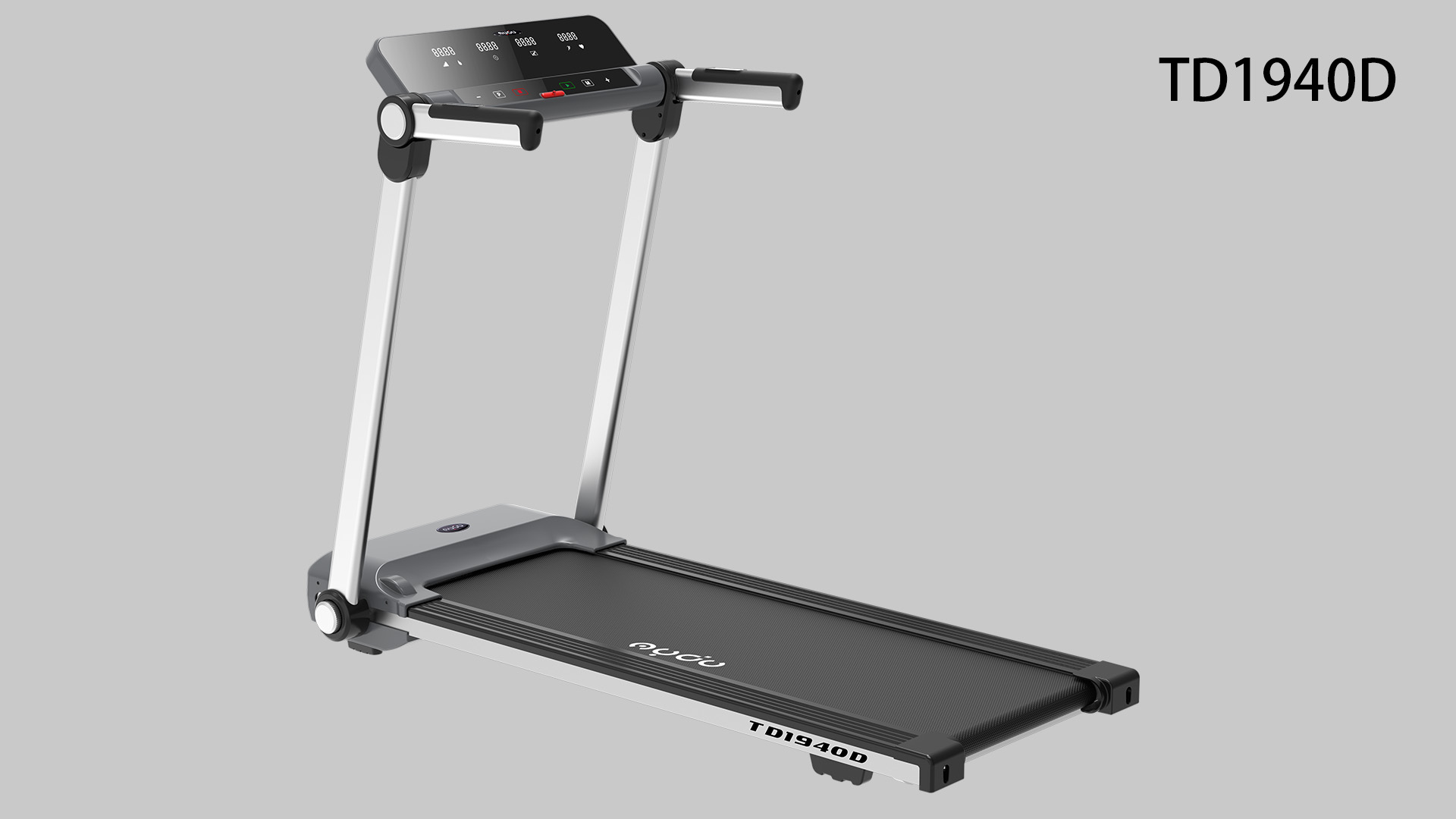
Free Assemble Treadmill
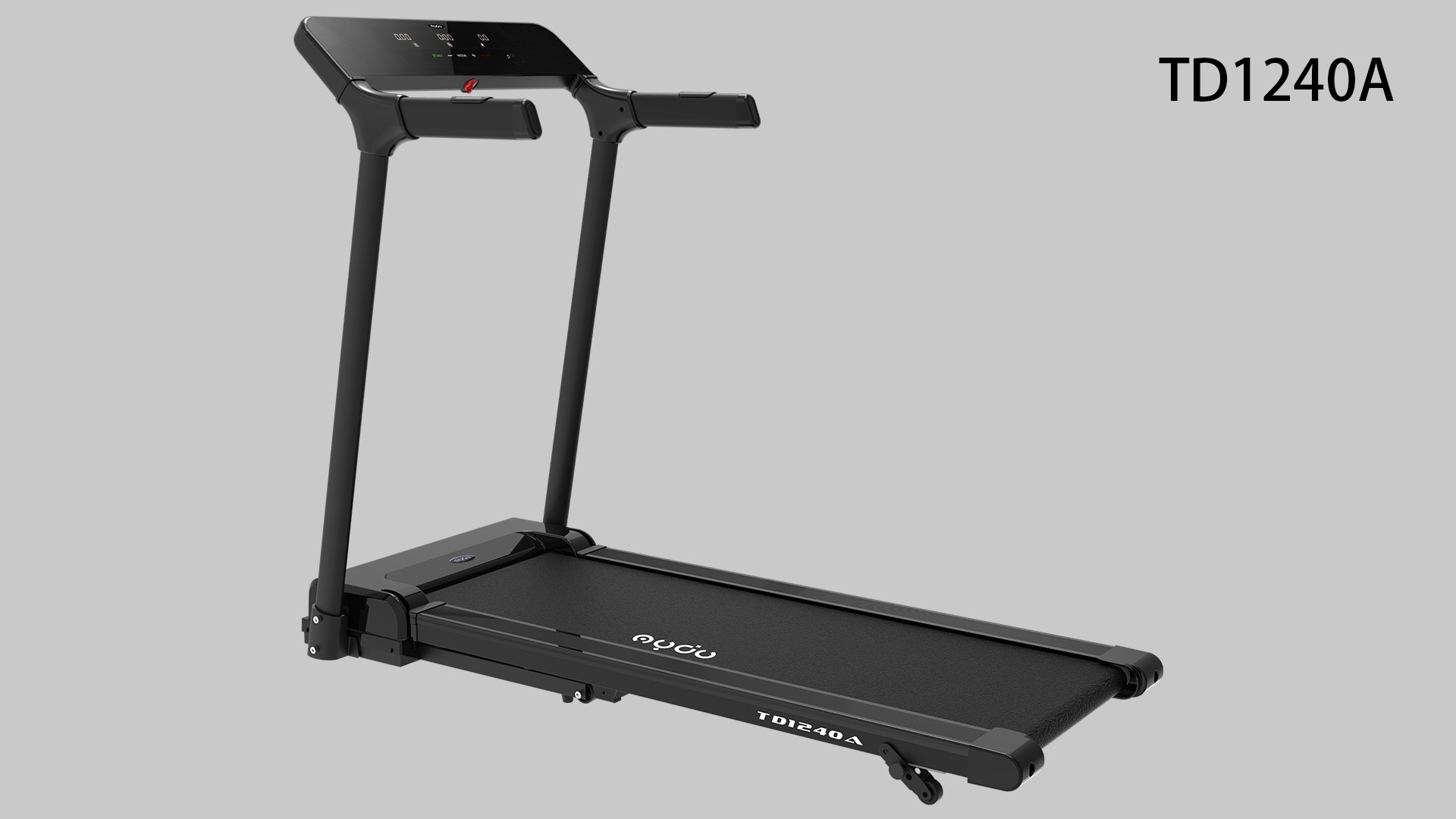
Free Assemble Treadmill
